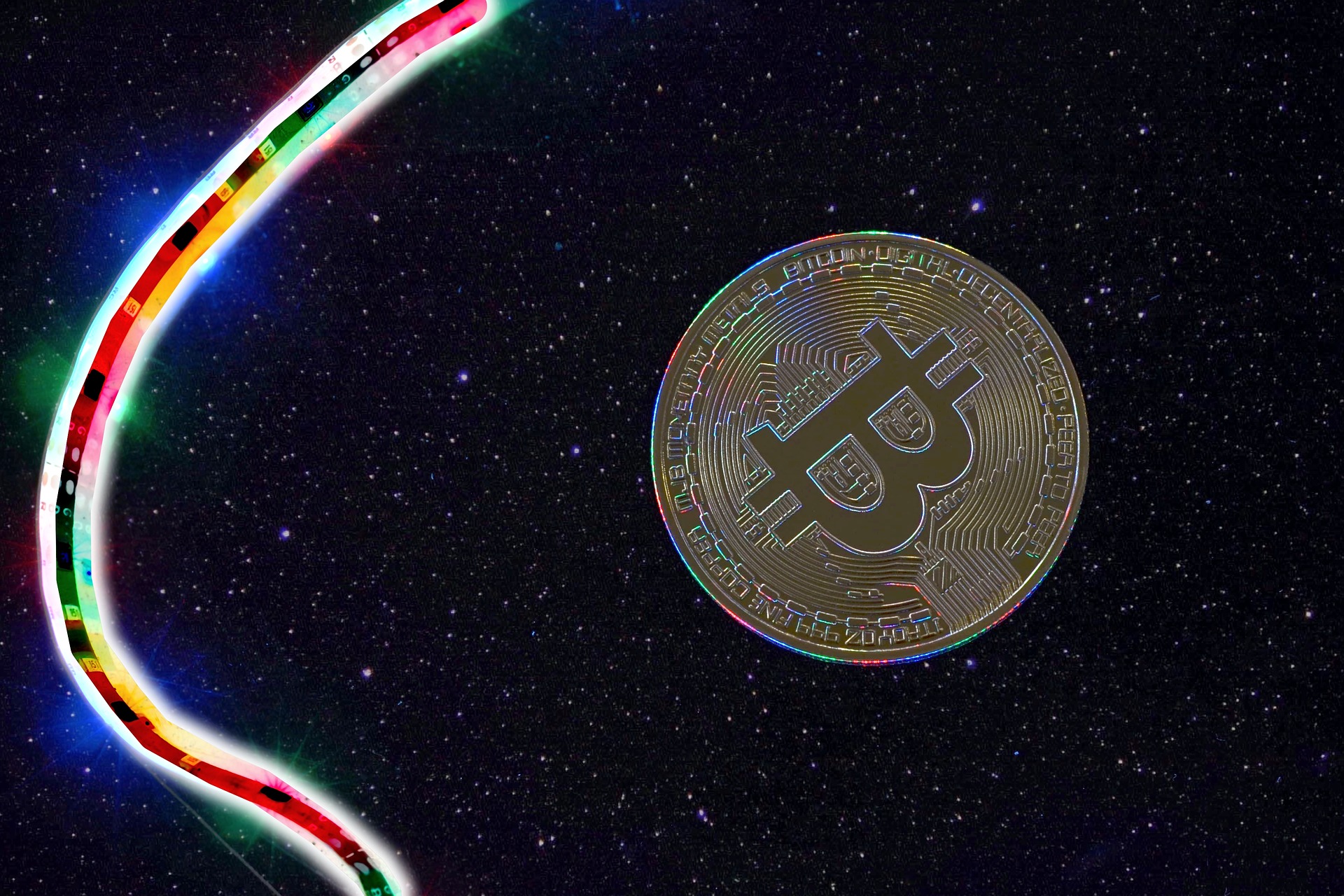Bitcoin is powered by the free market, a decentralized internet of value. There have been comparisons of bitcoin to major currency markets, placing BTC 6th in terms of market cap behind the USD, EUR, CNY, JPY, INR.
This is not dissimilar to previous comparisons to company sizes, in particular banks and mega corporations. This growth isn’t surprising given that bitcoin is more than a single currency or company, it is a shift to a web 3.0 payment system. The trend is toward DeFi.
What is DeFi?
The effectiveness and trustworthiness of Bitcoin has been proven time and time again with the rise of users across the world taking protection from the inflationary forces in the world. Bitcoin users feel reassured knowing the supply of bitcoin is capped and will forever be capped at 21m.
Additionally, competitors, including Ethereum 2.0, will introduce staking which is a novel way to secure the network. This innovation in the space is broadly comprises a movement moving away from centralized payment systems, and it’s called DeFi for decentralized finance.
Excitement about DeFi
Along with a series of structural changes to the code and incentives for Ethereum and others, DeFi creates opportunities for investors and users. Not only can users lend their funds and participate in pool lending to traders for Dai and other lending instruments, but they now also benefit from shifting payment rails for lower costs.

Along with stable coins like Dai, and Defi crypto assets staking on Ethereum give high interest rates through lending functionality in Ethereum. Watch out for the response to the shift from Proof of Work to Proof of Stake in Ethereum 2.0 which will greatly increase the transactions Per Second. This will enable Ethereum to handle the transactions necessary to power the interactions in a future where DeFi is the norm.
DeFi means more autonomy, more independence, more control in the hands of everyday people, and it is the responsible for perhaps the most innovation within finance today.




